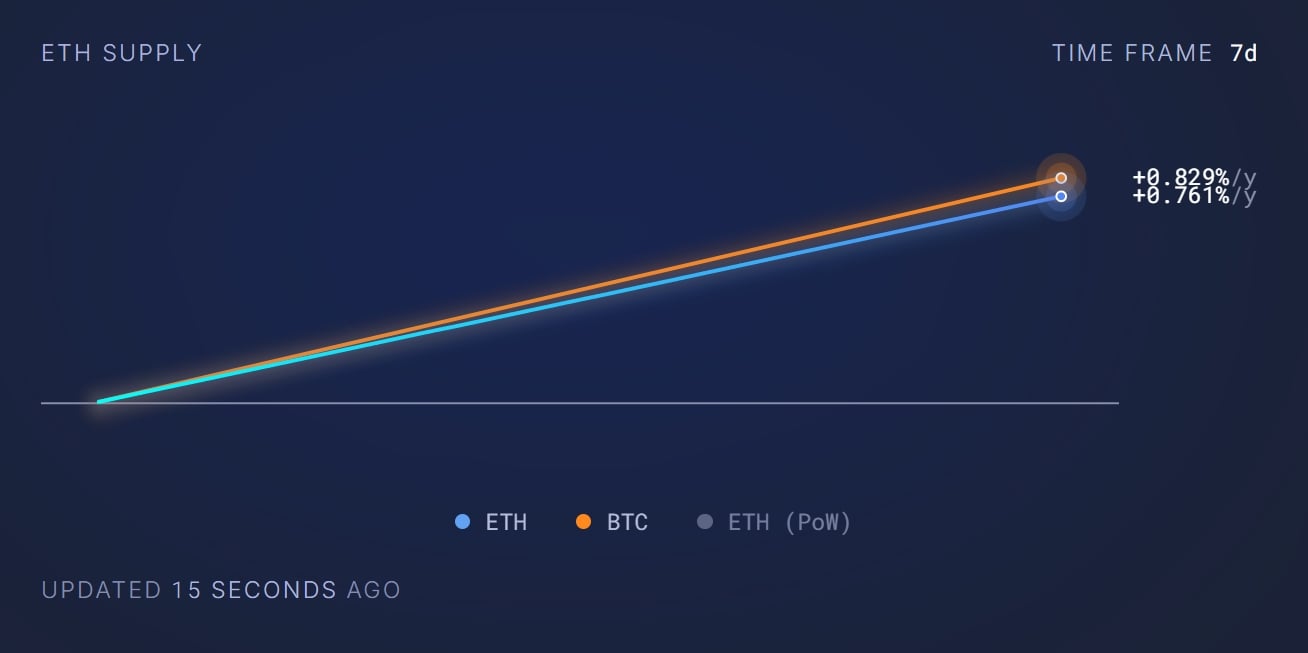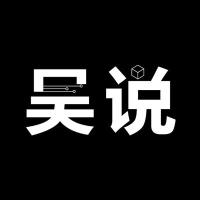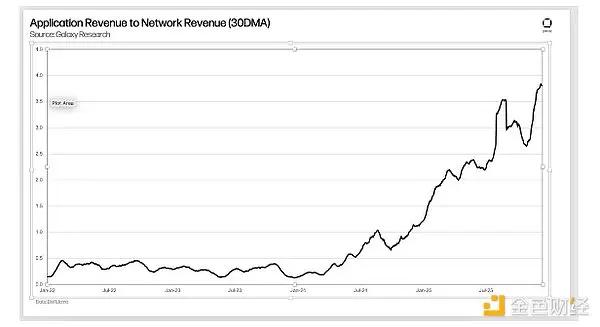When Ethereum implemented the London upgrade in August 2021, it introduced EIP-1559, which simplified the transaction fee mechanism and required the network to burn all ETH used for paying base fees. The mechanism was designed to reduce inflationary pressure and potentially make Ethereum a deflationary asset during network activity peaks.
Daily ETH Burn Reaches Historic Low
According to The Block data, the Ethereum network burned only 53.07 ETH on Saturday, which at current prices is worth approximately $106,000, marking a historic low.

Meanwhile, according to Ultrasound.money data, based on the burn rate over the past seven days, the annual supply growth rate of Ethereum is estimated to be 0.76%.

This low burn rate coincides with the decline in other Ethereum activity indicators, such as the number of active addresses. According to The Block data, the seven-day moving average of active addresses has recently dropped to its lowest point since October 2024, with new address creation, transaction count, and daily transaction volume also showing a decline in recent weeks.

Ethereum Foundation Considers Adjusting Direction
As Ethereum stagnates, Standard Chartered Bank recently lowered its price forecast for Ethereum in 2025 from $10,000 to $4,000, citing the rapid growth in both quantity and scale of Ethereum's Layer 2 solutions.
Standard Chartered Bank noted in its report that Ethereum is currently at a crossroads. While it still dominates several indicators in the blockchain space, this dominance is continuously diminishing. The Layer 2 networks that Ethereum was proud of, originally designed to enhance scalability, now seem to be causing significant impact, with Coinbase's Base chain alone reducing Ethereum's market cap by $50 billion.
To prevent this trend from continuing, Standard Chartered Bank believes the Ethereum Foundation needs to change its business direction, such as imposing taxes on Layer 2 networks. Additionally, if the tokenization market experiences significant growth, Ethereum might capture around 80% of the market share through its security, which could provide some support.
As Ethereum faces a trust crisis, Dragonfly managing partner Haseeb Qureshi recently revealed that the Ethereum Foundation is actively responding to community feedback and considering adjusting its operational direction. The leadership is seriously contemplating how to learn from successful cases, particularly Solana's Superteam model, shifting focus from pure research to promoting project development and investment activities.
Further Reading:Is ETH Saved? Ethereum Foundation Considers Shifting Focus from "Research to Investment", Learning from Solana's Successful Model







